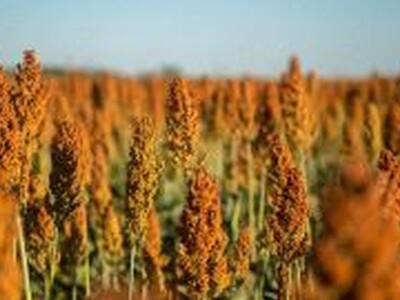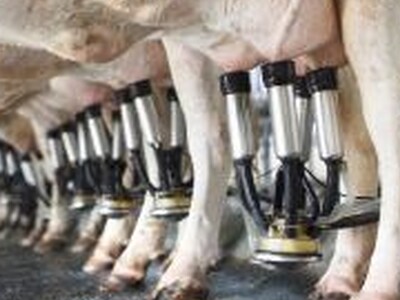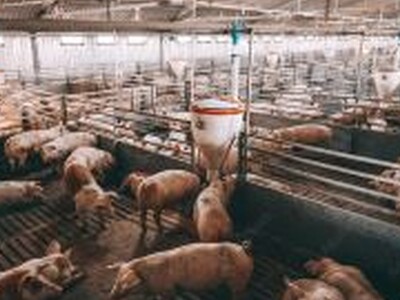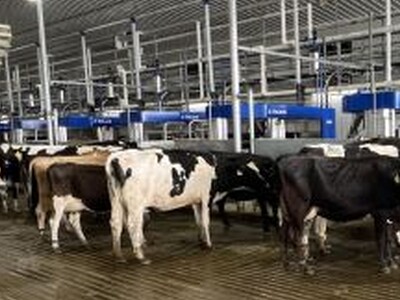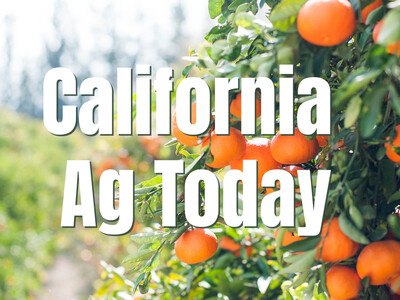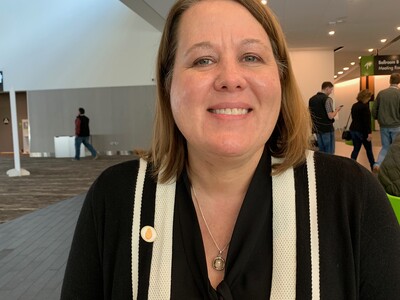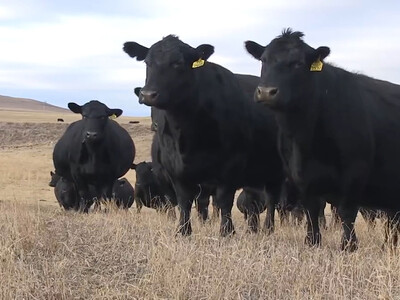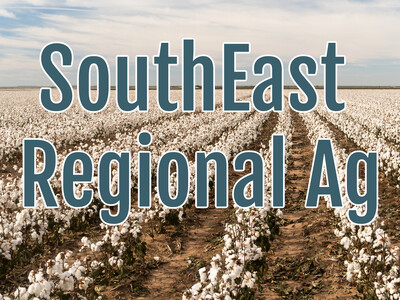Field Stubble Digester
The best way manage post-harvest plant debris is an ongoing dilemma. None of the historical approaches (controlled burns, bailing, and tillage) allow the nutrients of the fodder to be returned to the soil for future use. Controlled burns wreak environmental havoc on air quality. Smoke from burning straw contributes to increased carbon dioxide levels in the atmosphere which may affect greenhouse gas buildup. Repeated burns also leave soil vulnerable to erosion[1]. Conventional options that ‘trash’ field stubble can’t offer a supportive plan for healthy crops and sustainable soil stewardship.
Bio SI Technology’sSD 25 Field Stubble Digester provides the soil with beneficial microbes to digest the plant debris (stubble) left behind after harvest, recycling the nutrients tied up in the leftover plant material for the next crop. This activity makes both nutrient and water use more efficient. Soil microbes are essential to restore carbon, improve water efficiency, and improve nutrient holding capacity of the soil.
Without a sustaining soil microbiome, organic matter can’t be broken down into useable nutrients and the soil becomes clogged with too much undigested organic matter. This undigested organic matter can also tie up valuable nutrients. SD 25 Field Stubble Digester restores the soil with naturally occurring microbes that convert and recycle nutrients tied up in stubble to make them available for the next crop.
Spokesperson Brandon Boughen: “SD 25 works beyond the growing seasons to prepare fields for future planting by releasing the nutrients tied up in leftover debris. Plant debris can be a real problem for the next planting season for some growers. SD 25 helps farmers re-use nutrients they have already paid for plus the benefits of adding carbon (humus) to the soil which holds water and nutrients in their fields.”
The conversion of plant debris to humus aerates the soil, improves soil tilth, and improves water penetration.




